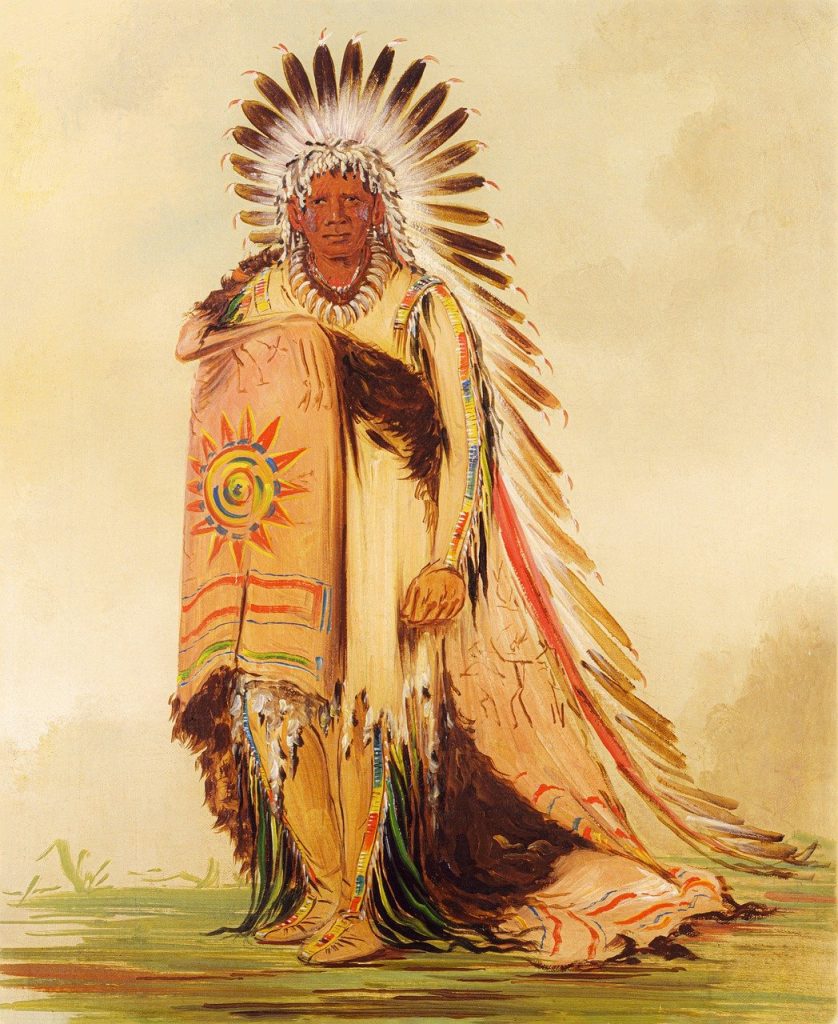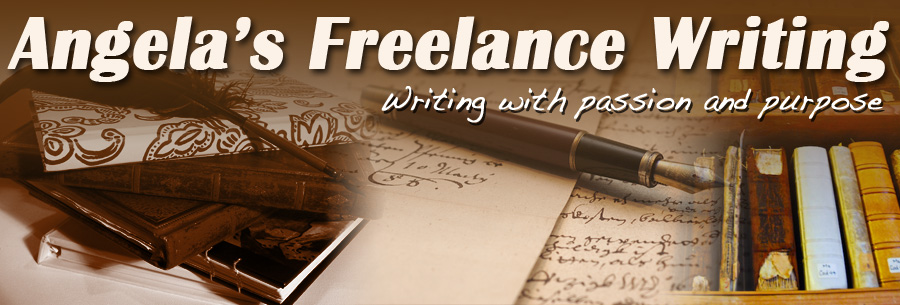While I worked on the plot of Making Music Together, I didn’t give serious thought to the ancestry of my characters even though I like portraying ethnic groups that are different than myself. For example, in the Egypt series, the two main characters, sisters, are of Hispanic descent. It was easy writing about them because their parents hailed from Venezuela, the country that neighbors Trinidad and Tobago, where I was born.

In Love, Lies, and Grace, the two main characters, husband and wife, Brian and Grace, are African Americans. I mixed in two Caucasians and two characters of mixed race. Again, writing about the thoughts, feelings, and cultural norms of these characters was as simple as it had been with the previous books.
Then came Making Music Together, and I really went off the charts. Having written about major ethnic groups in my previous books, I decided to portray Mark my main character as a contemporary African American man with a mixture of Gullah and Native American genealogy. This proved challenging, but as I researched the genetic background of the Gullah people, I discovered that they exhibit a small mixture of European and Native American genealogy as well, so I included European ethnicity into his mother’s ancestry.
I also discovered that the Gullah people who were brought as slaves from West Africa to the Southeastern coastal region of America have a Caribbean connection that includes elements of West Indian folklore, music, and language. Since I was born in the Caribbean, I was inspired to dig a little further. I discovered that the food, music, and language of the Gullah people bear striking similarities to those of the Caribbean. For example, rice remains a staple food in the Caribbean as it is for the Gullah people. In Making Music Together, rice is featured in most of the meals mentioned in the book. Other popular dishes you will come upon that are also eaten in the Caribbean are okra, shrimp, green vegetables, and peas. The term “creole” often used to describe a blend of dialects spoken in some of the islands is also referred to in the Gullah language.
People of mixed races tend to identify with one race more than the other. Although Mark identifies more with his maternal heritage, he refers proudly to his deceased father as a Native American and Gullah descendant. He also reflects on how much he misses him and how his father taught him about God and how to fish. Mark’s Native American heritage is expressed in the artwork in his home — the Native American baskets that decorate his wall and the Native American rug in front of his bed.
Is there a connection between the Caribbean and Native American or American Indian ethnicity? You bet. When Columbus discovered Trinidad in 1498, he came upon the Amerindians, as they were called, the indigenous people of this little postcard. They originated from the neighboring mainland of Venezuela and Guyana. It is believed that these people had been living here for about 7,000 years before Columbus arrived. Even though they became extinct by 1550, their cultural expressions are perpetuated during the annual carnival when masqueraders parade on the streets. The “Red Indian” or “Wild Indian”, dressed in elaborate headpieces reminiscent of those worn by authentic Indians on the American continent, remains one of the traditional features during the Carnival parades.

So why did I choose to make my protagonist a hybrid of Gullah and Native American culture? As I said in the beginning, I simply wanted to write about someone from an ethnic group I have not previously written about. But by researching the history of the Gullah people and Native Americans, I learned more about my own heritage and that of African Americans. I learned that there are more similarities between us than differences; more that connects us than what divides us; more to celebrate than to bemoan. I believe this knowledge has enhanced my creativity and has helped to add some depth to my work. I plan to expand on the cultural expressions of Mark’s ethnicity in the coming books.
Since November is Native American Heritage Month, I am making it my duty to learn more about Native American culture by reading books by Native American authors. I’ve just begun reading — or rather listening to — Five Little Indians by Michelle Good. Let me encourage you, if you haven’t done so yet, to pick up a copy or copies of books by Native American authors, not just this month, but as often as you can. These books will greatly enrich your knowledge and appreciation of the indigenous people and the contribution they made to our country.
Did you enjoy this post? Do you have a comment on your ancestry? Then please leave a comment in the comment box and pick up a copy of Making Music Today, a mesmerizing Christian romance.





